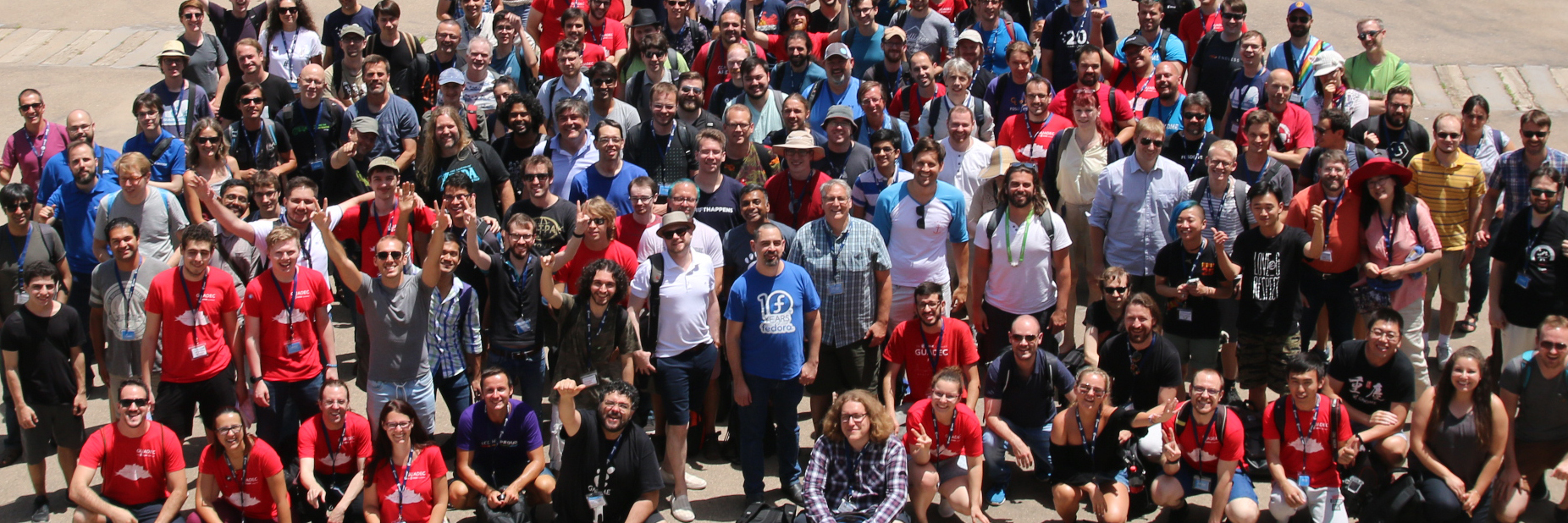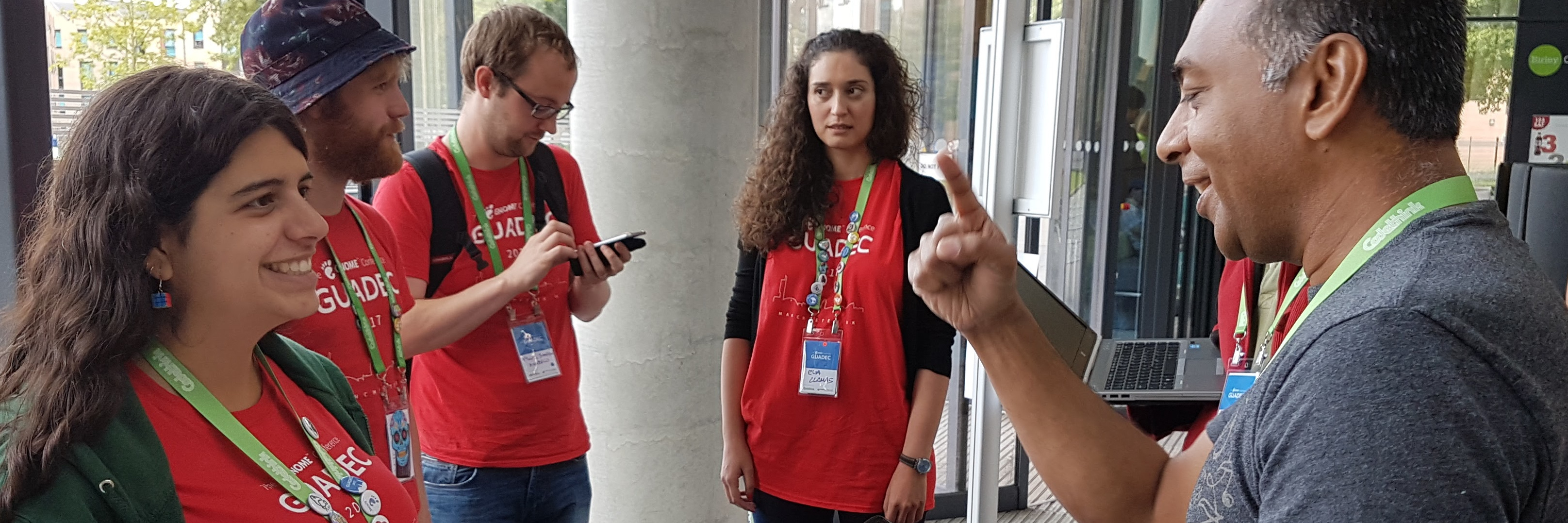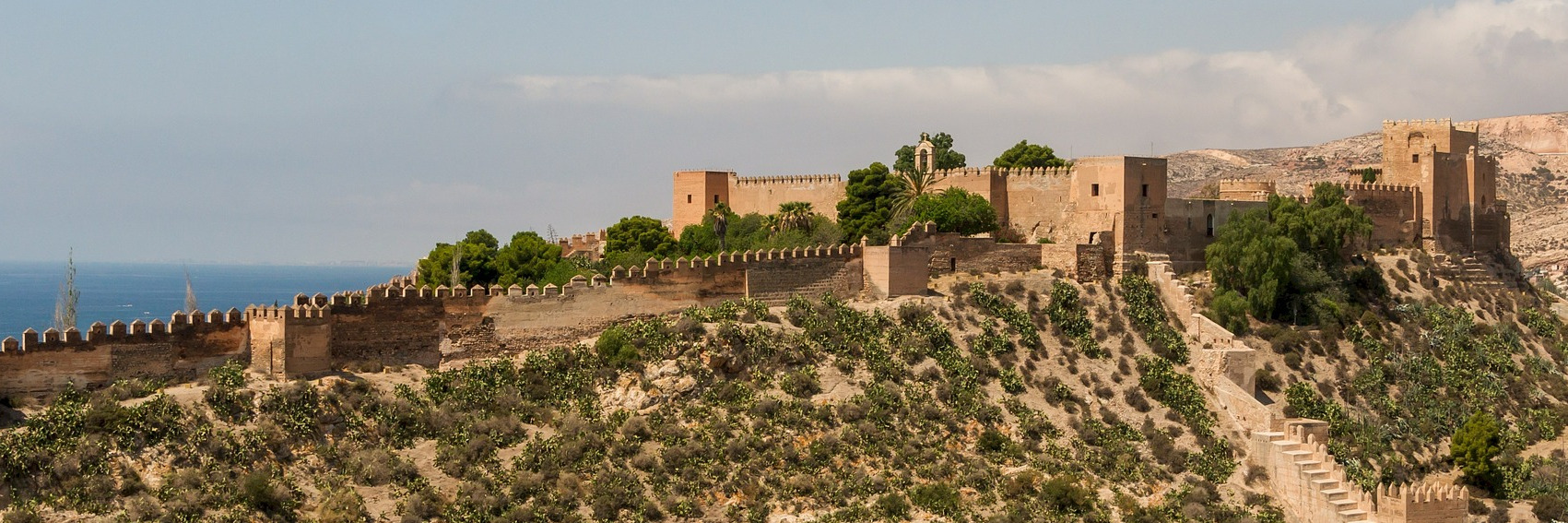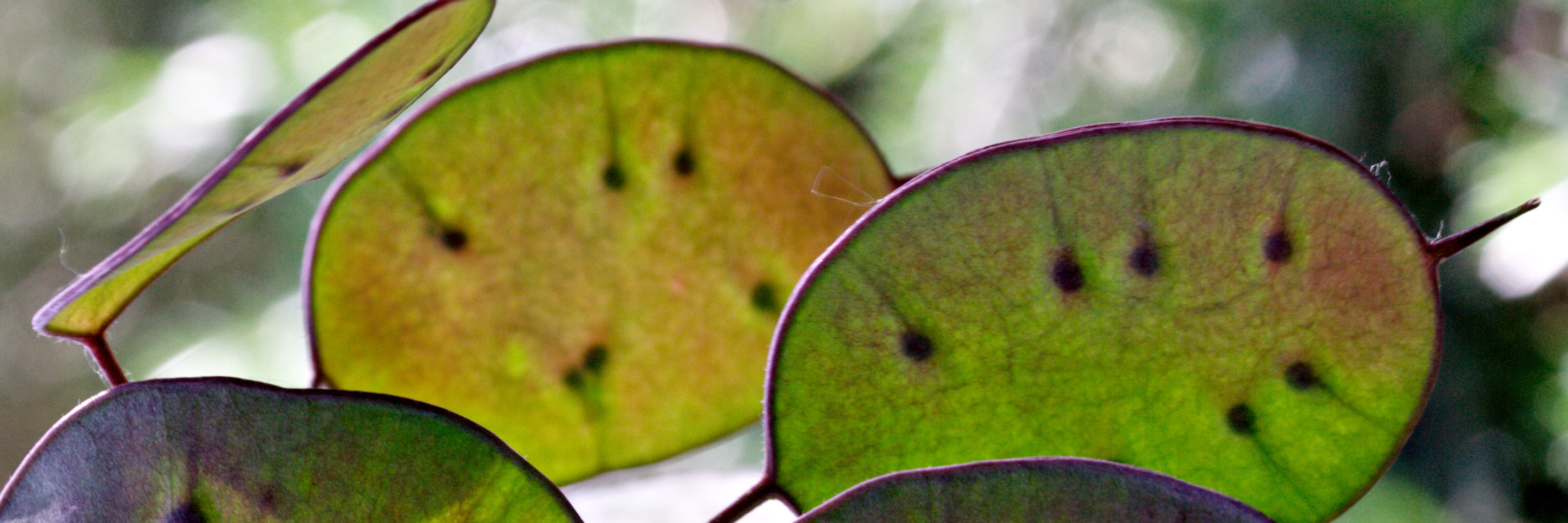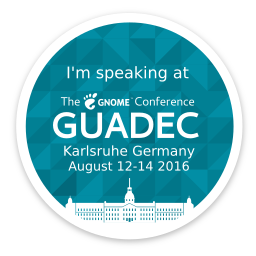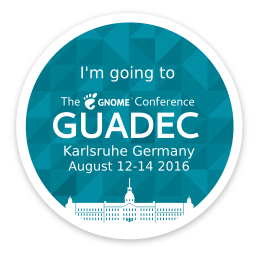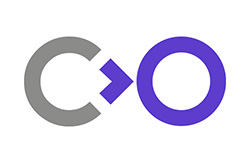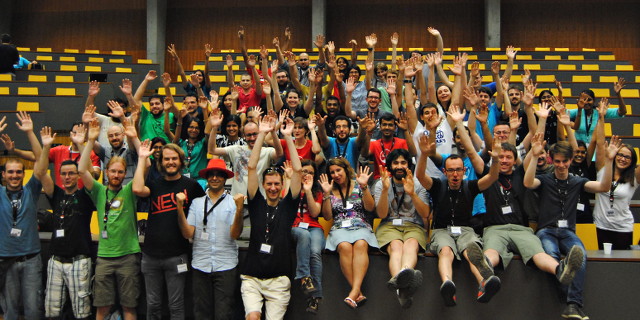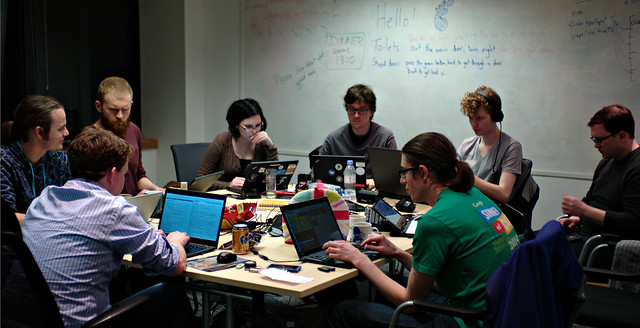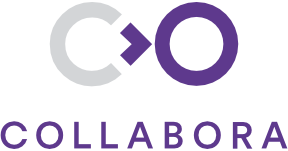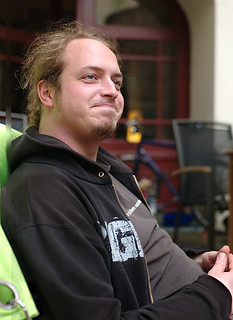Since my first FOSDEM, one of the most prominent features of the biggest F/LOSS European conference for me has been the GNOME stand. At my first FOSDEM it was in the packed building H, nowadays it’s moved to the not-quite-as-badly-packed building K. I started off as an attendee, then eventually got into merchandise printing and handling the GNOME events box as I was helping out with other events anyway.

GNOME stand at FOSDEM 2019 by Nuritzi Sanchez
So what’s involved in organising the stand?
Firstly, we need to request the space. This has been handled by Bastian Ilso over the last few years. He makes sure to get the request in before the deadline, which is usually some time in October/November.
Around November/December, I look for design ideas and discussing the merchandise with others who have shown an interest in helping out. Over the last few years we’ve had hoodies, zip-up hoodies, socks and t-shirts. T-shirts usually get a new design every year. In recent years, we’ve had some variations on the GNOME foot for the t-shirts and various coloured hoodies.
Finding ideas for new designs can be hard at times – so if you’d like to propose some mockups for future years, please feel free to drop me an email.
I estimate quantities and colours based on previous experience but sometimes that doesn’t work. For example, this year we barely sold any L-sized straight cut t-shirts whereas they’re normally the most popular.
Socks always go down well.
Then there is also the promotional material: stickers, leaflets and so on. Leaflets are more difficult as the content and the styling both need designing, then someone needs to print them and bring them over. We have done leaflets in the past, but they quickly became outdated. Stickers are easier. GNOME uses Sticker Mule who produce high quality stickers. I stuck one to my suitcase to mark it so it wouldn’t get lost at FOSDEM and haven’t managed to pull it off yet. We used to have cheaper stickers at the stand, but many people prefer to put something that’ll last on their laptop and it’s better “advertising” for the project. GNOME foot stickers are by far the most popular, with the application icon stickers having a much more niche audience.
Some time in January, we set up a signup sheet for volunteers. This helps us ensure that we always have a “responsible” person for the stand and get an idea for who wants to help out.
What the conference looks like for people at the stand
Saturday 7:30 – get up
Saturday 8:45 – arrive at building K with ~3 suit cases and the events box, start setting up
Saturday 9:00 – the early birds start arriving
Saturday 11:00 – plan to have a lunch rotation
Saturday 13:00 – realise that everyone has been too busy, hope that some nice supporter offers to bring food and drink
Saturday 16:00 – start worrying that the stickers have been more popular than last year
Satuday 18:30 – start packing up
Saturday 19:00 – deposit the merchandise and events box in storage
Sunday 8:30 – pick up the merchandise and events box, start unpacking from scratch
Sunday lunch – repeat as above
Sunday 17:00 – start packing up non-essentials
Sunday 18:00 – count remaining stock and pack up in earnest
Sunday 18:30 – put away tables and chairs, help bin the rubbish and with general cleanup
There are usually 3 large suit cases and 1 box to transport. All of them are quite heavy so volunteers are needed.
Ideally there should be exactly 3 people behind the stand and 1-2 people up front. With more people, there’s actually not enough room to fit everyone. One person usually has the responsibility of managing the cash box and minding the hardware, while the other two focus on providing information, giving away stickers and raising funds.
What was new this year?
Once again, we have a donations piggy bank. The last one, an adorable snail, was broken a few years ago when it decided to make a bid for freedom.
My favourite organising addition was a lightweight shelving unit which we used to sort the merchandise by size and type. It takes up half a suitcase, but I could tell what t-shirts we had in stock for each size just by looking over my shoulder – definitely much less digging through boxes going on!
My favourite hardware additions are the brand new XPS15 2-in-1 and the Nextstand 2K (laptop stand for travel). GNOME looks beautiful on this hardware, it’s definitely a much better way to show off what it can do than the old desktop and external monitor which were retired at the nd of last year. There’s also a lot more room in the events box now. In addition to removing the external monitor, we were also able to ditch the mouse and keyboard, as well as cut down on cables.
But the best thing yet? We were able to proactively promote GUADEC 2019! Caroline designed some t-shirts for us with the dates and location which we will be sending to all the remaining booths between now and GUADEC. They’re quite large, a little reminiscent of small tents, but that’s mostly so that they can fit comfortably over a hoodie. Brussels is cold in February.
That’s all for now folks. Big thanks to Collabora for making it possible for me to attend FOSDEM over the last few years.
